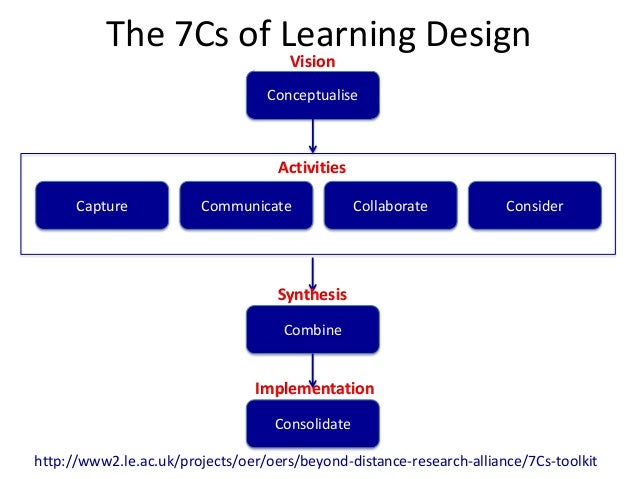“Teaching necessarily begins with a teacher’s understanding of what is to be learned and how it is to be taught.” (Shulman, 1987)
Shulman’s view on the role of the teacher encompasses more than simply a vast knowledge of subject matter. At the time of the paper, this concept was perceived as new. Today, however, education has already taken on the corkscrew roller coaster, blending pedagogical knowledge of how to teach well, with content knowledge of the facts of what to teach. Shulman goes on to say “… the learning itself ultimately remains the responsibility of the students” (Shulman, 1987, p. 7), clarifying that both the teacher and student play a vital role in one’s learning journey. Content cannot simply be conveyed, nor can teacher’s knowledge of pedagogy be applied without the involvement of the student.
Mishra & Koehler (2006) expand on the framework of the PCK to include technology.
“Teachers need to know not just the subject matter they teach but also the manner in which the subject matter can be changed by the application of technology.” (Mishra & Koehler, 2006).
Essentially in combination with each other, TPACK would be effectively knowing how to teach a subject with technology. Therefore, one particular example comes to mind in my own practice, in relation to STEM learning.
Recently, I had the opportunity to explore landforms with my students as part of our geology content in science. The content aspects of this unit we were exploring had to do with how landforms change over time (due to erosion, deposition and human activity). In order for my students to gain their best understanding of the difference between erosion and deposition, we conducted several sand, water and ice experiments as a class. I combined what I knew about hands-on learning, questioning and scaffolding to assist the students in understanding the scientific content and vocabulary (PCK). However, for my tech hungry students, this was not enough. Since I teach a relatively young age group very much into video games, I also incorporated my knowledge of Minecraft to deepen their learning.
As an extension to our unit, we used Minecraft to explore various landforms that could exist and why they might exist in some biomes and not others. Very quickly, my students gained a solid grasp of what landforms existed on Earth and how they differed. We then furthered our investigations to examine changes over time. Linking Minecraft with our sand, water and ice experiments, students demonstrated their understanding of the processes of erosion and deposition through a series of Minecraft landforms they built. In order to do so, students had to question the nature of the changes and provide concrete examples on their Minecraft servers. Overall, their understanding of the content had been changed and improved upon with the application of technology, in conjunction with sound teaching practices and solid content understanding.
References
Shulman, L.S. (1987). Knowledge and teaching. The foundations of a new reform. Harvard Educational Review, 57(1)1-23.
Mishra, P., & Koehler, M. (2006). Technological pedagogical content knowledge: A framework for teacher knowledge. The Teachers College Record, 108(6), 1017-1054.
